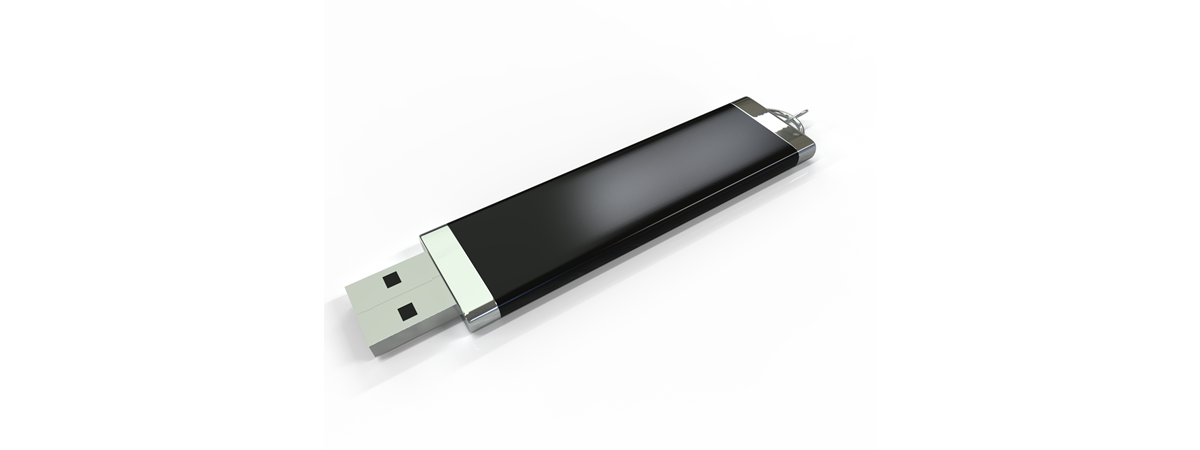
Usb Won T Boot Download Windows Media
Download Windows Media Creation Tool. Steps to Create Windows 10 Bootable USB: Step 1. 2) Use code on an external device such as a recovery DVD or USB thumbdrive. In order to protect computers from attacks or being unable to boot, the best way is to create system backup and data backup in advance, and create a bootable device for recovery before accidents or even after them.Windows 11/10/8/7 Won't Boot from USB, Help!1) Start Windows in safe mode using the code on the internal hard drive, then use the troubleshooting routines to fix it. It is wise to create a Windows 10 bootable rescue media so that in case something like Windows 10 won’t boot happens.
Enter BIOS, go to Boot Options, check Boot Priority. If the logo is the computer manufacturer’s logo, your boot settings may be incorrect for your media.Can't you boot from Windows 10 bootable USB drive? Are you trying to boot your computer from a bootable USB drive in Windows 10, 8, or 7 but the system doesn't allow you to do so?Here are the detailed steps. Steps to Create Windows Bootable USB on Windows 8/7: Step 1.Answer (1 of 2): If the logo you mention is the Windows logo, your media may be corrupt. For the onscreen tutorial to complete the process. Select 'USB flash drive' and click 'Next' to continue.
Usb Won T Boot Windows 7 And 10
However, Chrome OS doesnt boot up in a virtual machine like other.When your computer failed to boot from the USB, don't panic. Manually Fix Windows Won't Boot from USB Error7 Freeware To Create Bootable Microsoft Windows 7 and 10 USB Flash Drive With Free. Step 3.Here in the below, you'll find two reliable methods to fix Windows won't boot from USB error and you may follow either one to realize your goal so to make Windows boot from a USB drive now. If you don't see the USB, it means that your computer's motherboard doesn't support this boot type.

But this option is time-consuming. Here you could check the partition style of your bootable USB drive. Also, the removable media with bootable ISO will display a status like "no volume" or very little volume (just a few MB).Another option is to format your USB drive and recreate a Windows Installation Media. In the pop-up window, go to the Volumes tab. Right-click the formatted drive and go to Properties.4.
Enter BIOS, go to Boot Options, check Boot Priority.2. Here are the detailed steps.1. Make sure your computer support boot from USBSome computers are too old to support boot from a USB drive, you can enter BIOS to check if your computer has the option of boot from USB.
Restart PC and press F2 (or DEL, F10.) while booting Windows so to bring up BIOS.2. The computer usually boots from the internal disk by default, you should put the bootable USB drive forward.1. Set Computer/PC to boot Windows from USBAnother reason you failed to boot from a USB drive is that you don't change the boot order.

Once you enable the CSM module and set it to boot EFI + Legacy boot devices you shouldn't have any trouble booting your USB device. This option is sometimes hidden until you disable Secure Boot.3.


 0 kommentar(er)
0 kommentar(er)
